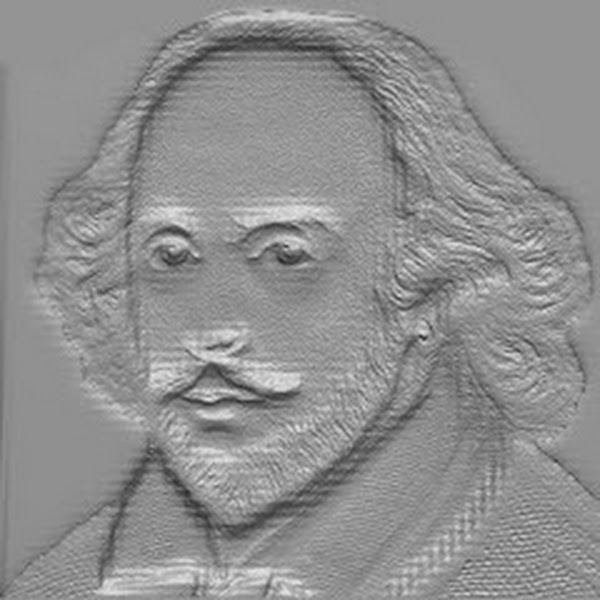Characters & Relationships
- The novel was written by Jane Austen.
- It was published in 1813.
- The story is set mainly in Hertfordshire, Derbyshire, and Kent.
- Mr. Bennet is the father of five daughters.
- Mrs. Bennet is obsessed with marrying off her daughters.
- The Bennet daughters are: Jane, Elizabeth, Mary, Kitty, and Lydia.
- Jane Bennet is the eldest daughter.
- Elizabeth Bennet is the second daughter and the heroine.
- Mary Bennet is studious and plain.
- Kitty Bennet is silly and easily influenced by Lydia.
- Lydia Bennet is the youngest and most reckless.
- Mr. Bingley is a wealthy, kind gentleman.
- Mr. Darcy is Bingley’s proud friend.
- Caroline Bingley is Bingley’s snobbish sister.
- Mrs. Hurst is Bingley’s married sister.
- Mr. Hurst is Caroline’s brother-in-law.
- Charlotte Lucas is Elizabeth’s sensible friend.
- Sir William Lucas is Charlotte’s father.
- Lady Lucas is Charlotte’s mother.
- Mr. Collins is the Bennets’ pompous cousin.
- Lady Catherine de Bourgh is Mr. Collins’s patroness.
- Anne de Bourgh is Lady Catherine’s sickly daughter.
- Colonel Fitzwilliam is Darcy’s cousin.
- George Wickham is a militia officer and Darcy’s enemy.
- Mrs. Phillips is Mrs. Bennet’s sister.
- Mr. Gardiner is Mrs. Bennet’s sensible brother.
- Mrs. Gardiner is wise and kind.
- Georgiana Darcy is Darcy’s shy younger sister.
- The Bennet estate is Longbourn.
- Mr. Darcy’s estate is Pemberley.
- Lady Catherine lives at Rosings Park.
- Mr. Bingley rents Netherfield Park.
Plot Points
- The famous opening line: “It is a truth universally acknowledged, that a single man in possession of a good fortune, must be in want of a wife.”
- Mr. Bingley rents Netherfield, causing excitement in the Bennet family.
- The Meryton assembly is the first ball.
- Bingley dances with Jane twice.
- Darcy refuses to dance with Elizabeth at the ball.
- Elizabeth overhears Darcy calling her “not handsome enough to tempt me.”
- Jane visits Netherfield and falls ill.
- Elizabeth walks to Netherfield to care for Jane, impressing Bingley but annoying Caroline.
- Mr. Collins proposes to Elizabeth.
- Elizabeth rejects Mr. Collins.
- Mr. Collins marries Charlotte Lucas.
- Wickham tells Elizabeth that Darcy wronged him.
- Elizabeth believes Wickham’s story.
- Darcy begins to admire Elizabeth.
- Elizabeth visits Charlotte at Hunsford.
- Darcy proposes to Elizabeth the first time at Rosings.
- Elizabeth rejects Darcy harshly.
- Darcy writes a letter to explain his actions.
- The letter explains Wickham’s deceit and Darcy’s interference with Bingley and Jane.
- Elizabeth starts to reconsider her judgment of Darcy.
- Elizabeth tours Derbyshire with the Gardiners.
- Elizabeth visits Pemberley.
- Elizabeth meets Georgiana Darcy at Pemberley.
- Darcy is very kind to Elizabeth’s relatives at Pemberley.
- Elizabeth learns of Lydia’s elopement with Wickham.
- Elizabeth returns home in distress.
- Darcy secretly helps arrange Lydia and Wickham’s marriage.
- Mrs. Bennet is delighted by Lydia’s marriage.
- Lady Catherine visits Elizabeth to prevent her engagement with Darcy.
- Elizabeth refuses Lady Catherine’s demand.
- Darcy proposes to Elizabeth again.
- Elizabeth accepts Darcy’s second proposal.
- Jane and Bingley become engaged.
- The novel ends with Elizabeth and Darcy’s marriage.
Themes & Ideas
- Pride is mainly linked with Darcy.
- Prejudice is mainly linked with Elizabeth.
- Social class and marriage are central themes.
- Wealth and inheritance play major roles.
- Women’s future depends on marriage.
- The novel criticizes mercenary marriages.
- It values marriages based on love and respect.
- Reputation is crucial in society.
- Lydia’s elopement threatens the Bennet family’s reputation.
- Jane Austen uses irony throughout the novel.
- Elizabeth is known for her wit and intelligence.
- Darcy is admired for integrity after his pride softens.
- The title “Pride and Prejudice” reflects both main flaws.
- The novel blends romance with social satire.
Settings & Background
- Longbourn is in Hertfordshire.
- Netherfield is also in Hertfordshire.
- Meryton is the nearby town where the militia stays.
- Rosings Park is in Kent.
- Hunsford Parsonage is near Rosings.
- Pemberley is in Derbyshire.
- The journey to Derbyshire is a turning point in Elizabeth’s feelings.
- Balls and assemblies are key social events.
- Letters are a common form of communication in the novel.
- Inheritance laws favored male heirs (entailment).
- Longbourn is entailed to Mr. Collins.
- Pemberley symbolizes Darcy’s true character.
- Netherfield symbolizes social mobility.
- Rosings symbolizes aristocratic pride.
Minor Details & Trivia
- Jane Austen originally titled the novel First Impressions.
- The book was published anonymously (“By a Lady”).
- Mr. Bennet favors Elizabeth the most among his daughters.
- Mrs. Bennet favors Lydia.
- Kitty improves her character after Lydia’s marriage.
- Elizabeth becomes mistress of Pemberley after marriage.
 CSP
CSP